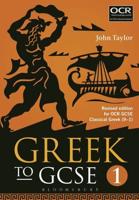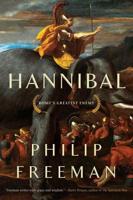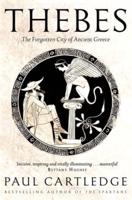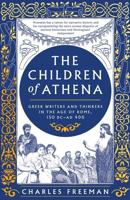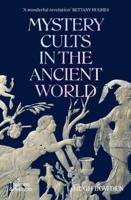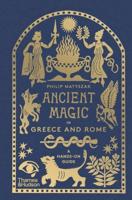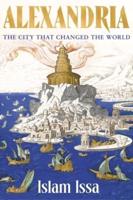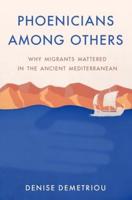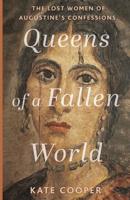Publisher's Synopsis
We have complicated too much the study of the Past, giving greater importance to points of view, nationalist, religious and moral interests; that place the historical fact in second place, subordinated to the interest of the system that tries to educate us.The time has come to simplify and show respect for our ancestors, striving to know what really happened in the past, and not just what the system is trying to inform us about.After so many years of studying History, I came to the conclusion that the best way to know the past is through an impartial, objective Chronology that limits itself to placing each event in its exact place in time, revealing History without manipulations or half-truths.This Chronology constitutes the most complete reference material, not only with purely political facts, such as the foundation of cities, the birth of kingdoms and empires, scientific and geographical discoveries, natural disasters and epidemics, but also containing information on the most different fields of human activity: chemistry, astronomy, geography, mathematics, etc. At the same time, the chronology is complemented by data that do not belong to a specific date, but to an entire epoch, they are generalities of each society, curiosities, customs, the religion of each civilization, inventions without an exact date, etc. The result of all this set is one of the most complete existing chronologies, periodically updated with the latest archaeological and scientific discoveries. A work of this magnitude could not be published in a single book, so I have divided it into several collections, and the originals in Spanish are being translated into French, English and Portuguese. The chronology goes from year to year, as far as possible, from prehistory to the present day.For those who prefer a deeper and more detailed study, I have prepared a second chronology, day by day, spanning from 1789 to 1946, divided into four collections.The TIMES ATLAS OF THE CLASSICAL ANTIQUITY is an important complement to the Chronology, its reading is fundamental to understand the evolution of different civilizations and their respective borders, throughout history.It always bothered me to see the historical atlases approach Antiquity in a superficial way, to devote full attention to more recent times. That led me to create this Atlas, which studies Antiquity exclusively.The work is composed of two parts: first, it passes through the Geological eras, showing a map for each period, accompanying the continental masses movements, to the Holocene most familiar geographical contours.The second part deals with the history of Humanity from the Paleolithic hunter world, passing in detail, step by step, until 476 AD, date that marks the end of Classical Antiquity, with the fall of the Western Roman Empire .

